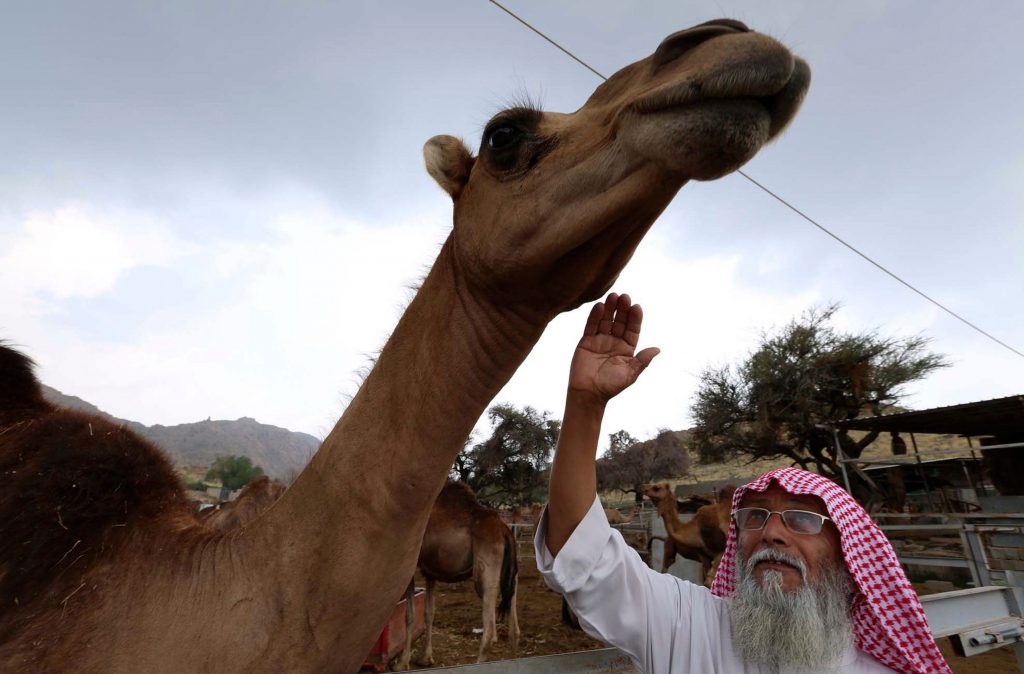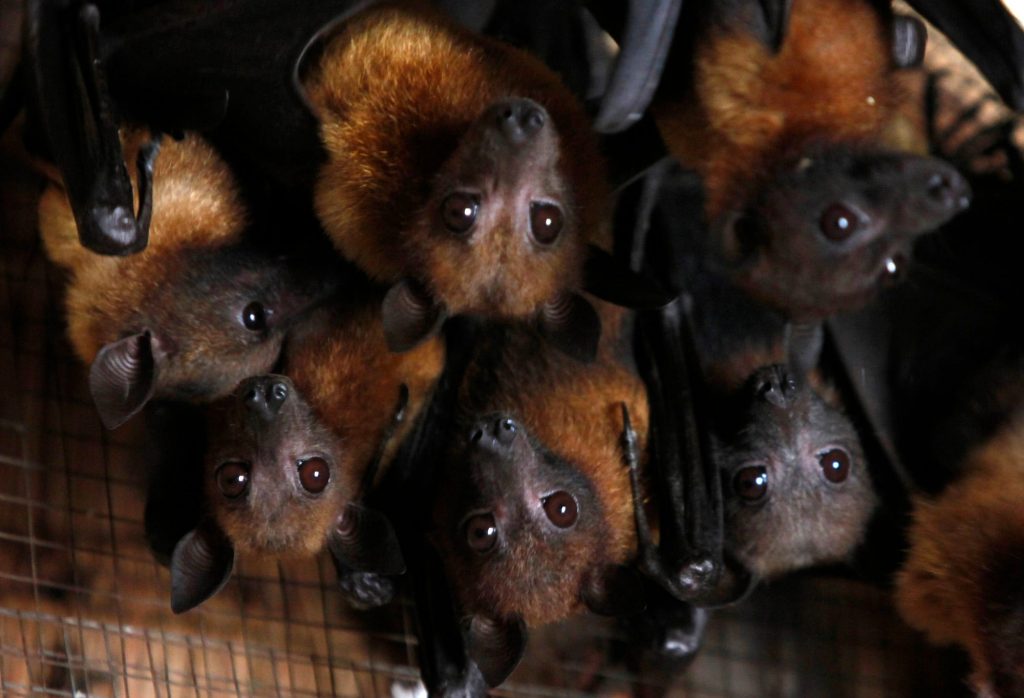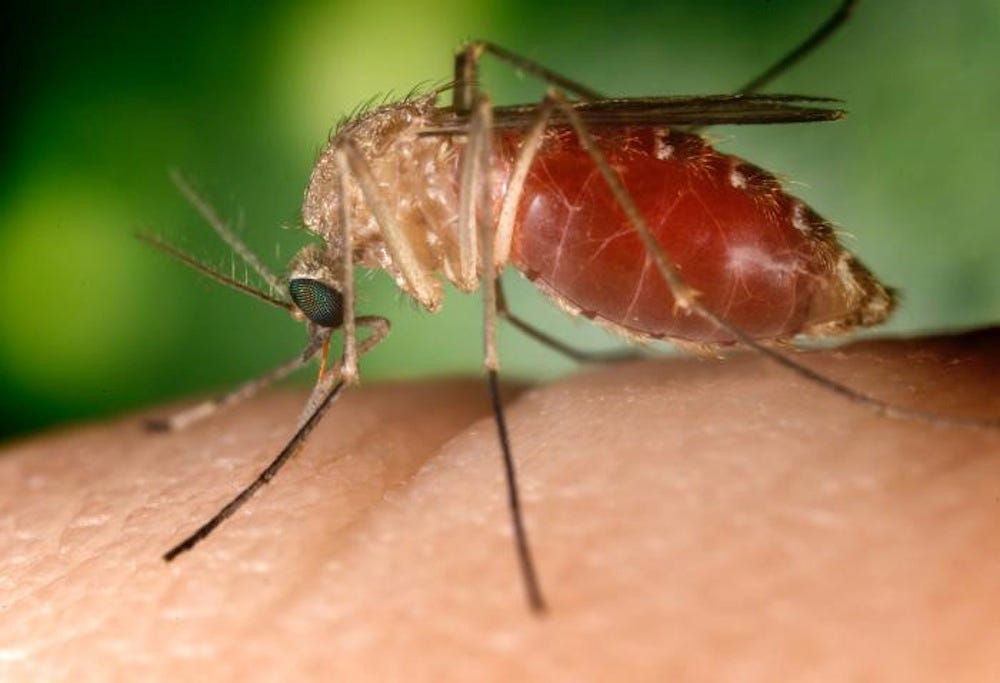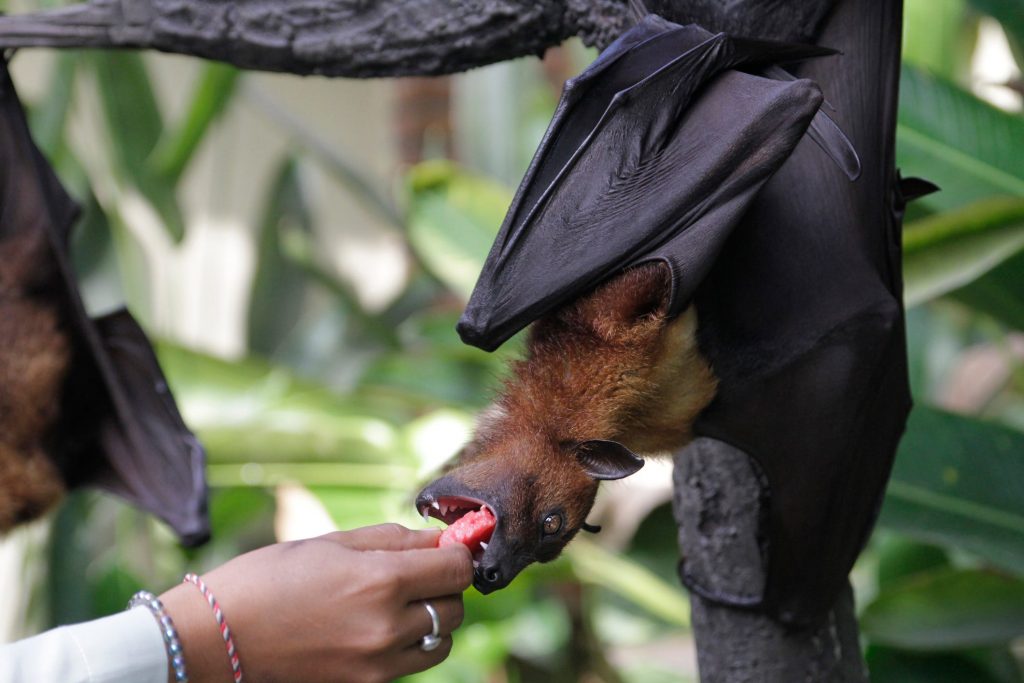- Scientists say climate change and globalization have driven the spread of zoonotic disease.
- Zoonotic diseases are spread from animals to humans, or from humans to animals.
- Coronaviruses, ebola, and mosquito-borne diseases are among those under surveillance.
As the COVID-19 pandemic begins to wane in several countries, scientists around the world are keeping tabs on other viruses that could spread from animals to humans.
Many of the most devastating viruses in human history have originated in animals and evolved to infect humans. Some species, like mosquitos, are known to transmit viruses like Zika and West Nile via their bites. Bats, rats, monkeys, and birds have also hosted a variety of pathogens that later jumped to humans.
Viruses are notoriously adaptable, as constant mutations can help them reproduce in new hosts — and humans have made it relatively easy for viruses to jump species in the past century or so. Global development has driven humans and animals closer together, and as we creep into each other's environments, there's a greater likelihood of sharing viruses.
Climate change also plays a major role. A warming planet, areas of high population density, and the movement of tropical species create prime conditions for a viral shake-up. One modeling study, published Thursday in the journal Nature, indicated that a mammalian melting pot is already brewing in parts of the world, demonstrating a need for scientists to keep a close eye on emerging diseases in animal populations.
Here are a few types of viruses that scientists are watching now:
Some coronaviruses that can cause severe illness

The Centers for Research in Emerging Infectious Diseases (CREID) has teams at eight centers around the globe tracking various coronaviruses.
Coronaviruses are a large family of viruses that usually cause mild to moderate upper-respiratory tract illnesses in humans. However, a few novel coronaviruses — meaning they were new to humans — have caused large-scale outbreaks including severe disease.
Before COVID-19 became the biggest threat of the coronaviruses, SARS and MERS both jumped from animals to humans.
SARS, or severe acute respiratory syndrome, is widely believed to spread from bats to another small mammal before it reached humans in 2002, sickening people in 26 countries. Cases of SARS were reported to be more severe and with a higher mortality rate compared to COVID-19 on average; however, the SARS outbreak burned out much quicker than the COVID-19 pandemic.
Middle East respiratory syndrome originated in dromedary camels and evolved to spread to humans in 2012. Compared to other coronaviruses, MERS does not spread as easily between humans, so outbreaks of the illness have been contained to close contacts. Cases have been reported at very low rates in recent years, according to surveillance by the WHO.
Scientists are still keeping tabs on Ebola, linked to contact with bats and monkeys

Ebola virus is another zoonotic disease that most likely transferred from bats or monkeys to humans, causing hemorrhagic fevers that can be deadly. People with Ebola or similar illness may vomit blood in severe cases, and it doesn't help that the virus spreads through direct contact with bodily fluid and tissue.
Ebola is a member of the family filoviruses, which all tend to infect hosts in that same way. A virus with an advantageous mutation could jump from animals to humans at a wet market where fresh meat is sold, and then it's just a matter of time before it adapts to spread between humans as well.
Another filovirus called Marburg virus was confirmed to have spread from monkeys to humans working in a lab in Germany in 1967. The disease is relatively rare today, but outbreaks have sickened and killed people in Africa, where the affected monkeys originated.
Mosquito-borne illnesses are a growing concern for humans, but they don't have the same pandemic potential

Flaviviruses, a family of tiny, single-stranded viruses transmitted by ticks and mosquitos, remain a serious threat to humans, but they're unlikely to reach the same scope as COVID-19.
Viruses like West Nile, dengue, and yellow fever can enter the human bloodstream by mosquito bite, but they cannot spread from person to person. These diseases can only reach as far as infected mosquitos can travel — an area that's fast expanding as the planet warms.
Scientists have predicted that the number of West Nile cases, as well as the geographic space they cover, will increase especially in the northern US in future years. Other mosquito-borne diseases, like malaria, are expected to spread globally as well as their hosts expand to cover a larger area.

